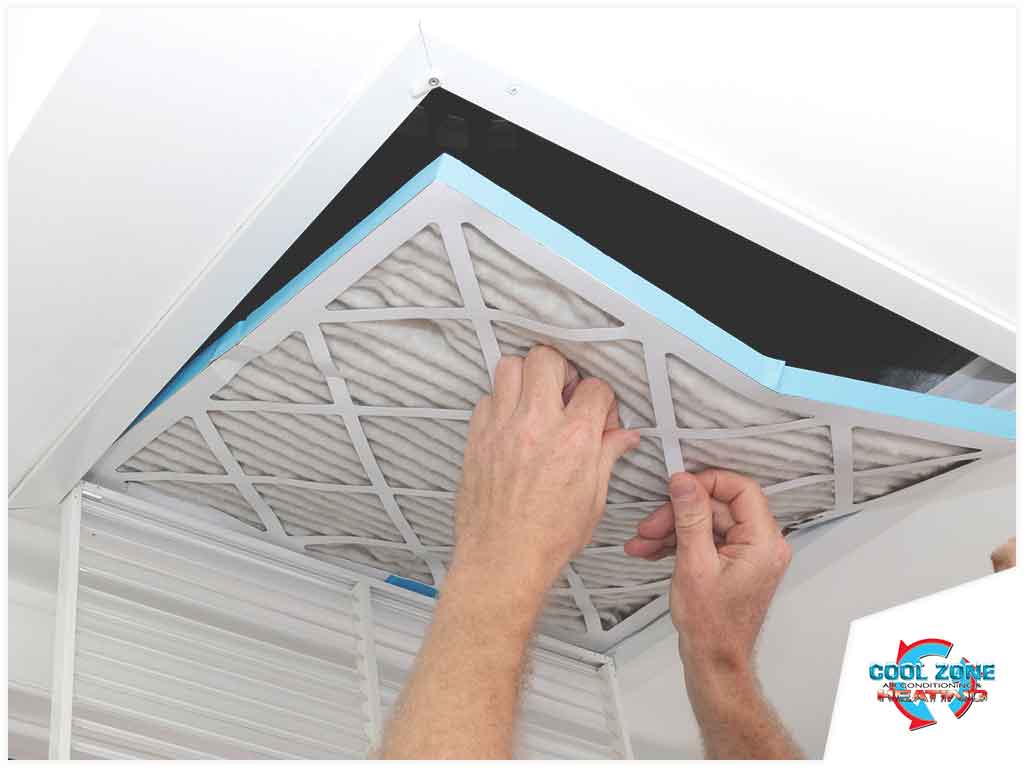Guide to Portable Air Cleaners in Your Home

Indoor air can contain pollutants that could cause health problems. These pollutants can be found in both indoor and outdoor environments. Indoor air pollutants include gases and particles, as well as volatile organic compounds (VOCs). Particulate matter, including PM 2.5 [fine] or PM 10 [coarse], as well as formaldehyde and mold, are common indoor contaminants. […]
Common Types of Indoor Air Cleaners

Several common types of indoor air cleaners have evolved over time. Some of the more popular models use electronic technology, while others use chemical processes. Electrostatic precipitators, for example, use electrostatic attraction to trap particles, which then accumulate on an oppositely charged collector. Ion generators produce charged ions, which are released into the atmosphere and […]